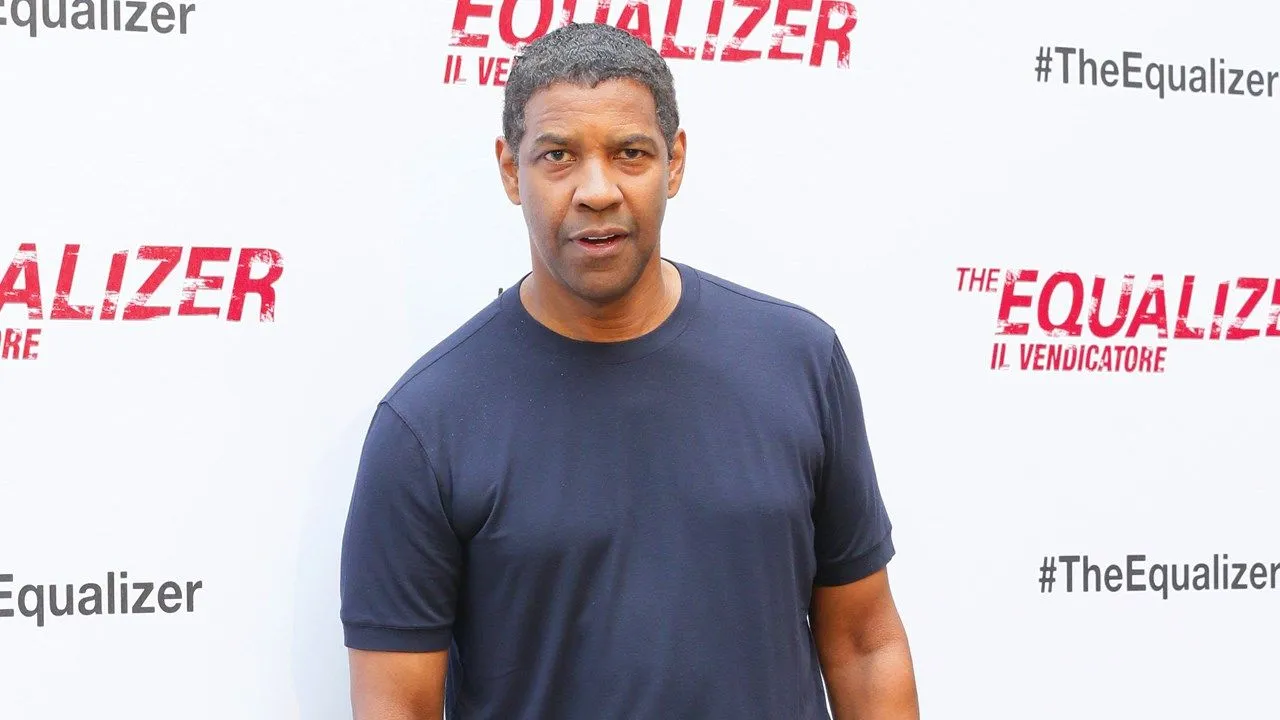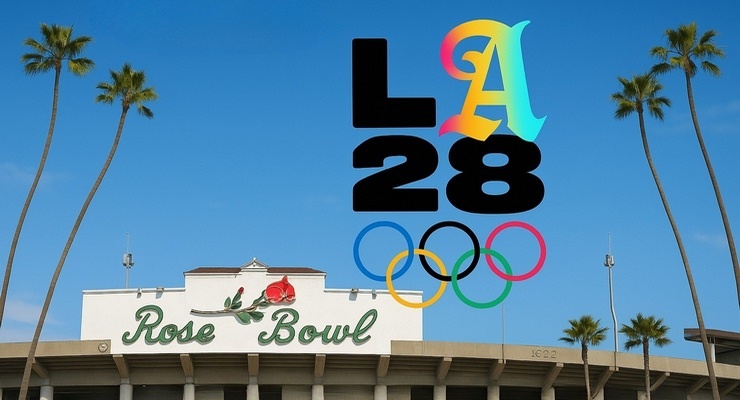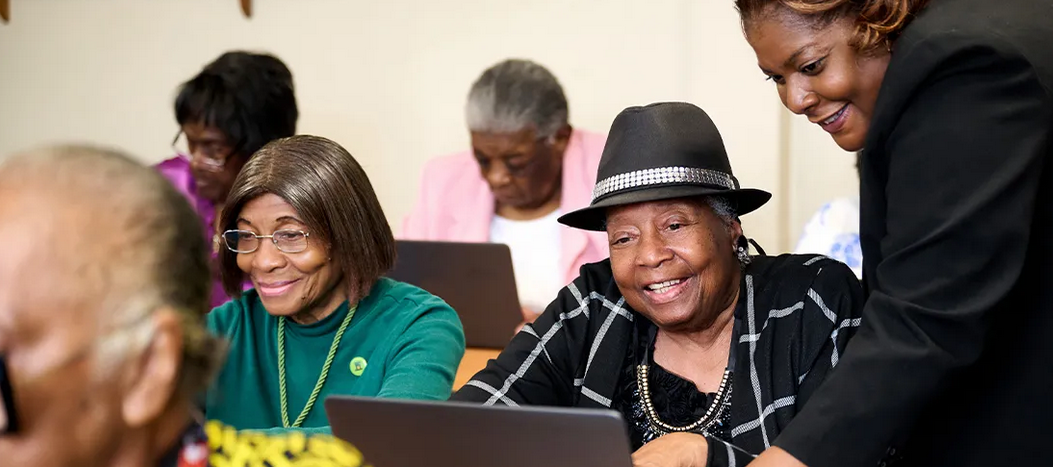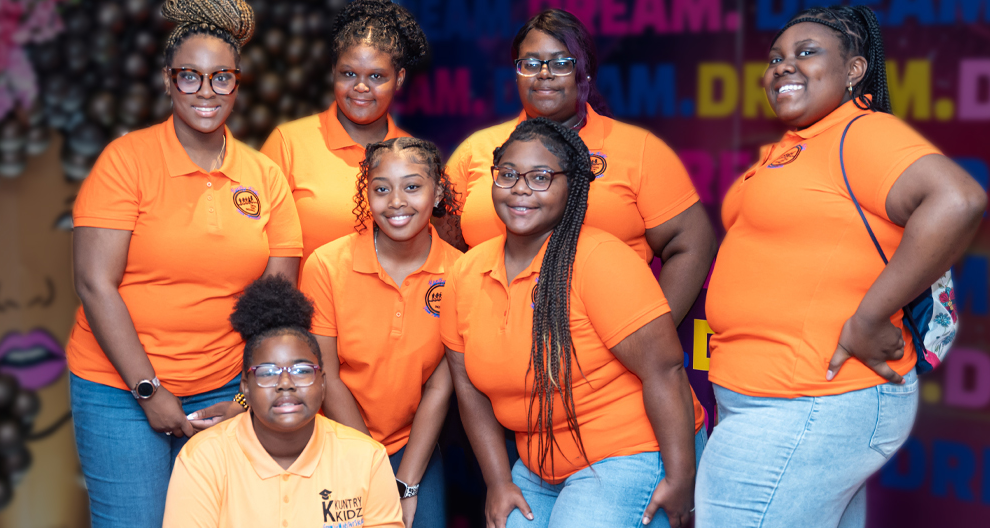[Pardon My Rant]
African Americans And The Economy – a focus on Education
African Americans have historically stood at lower socioeconomic levels than other races in America.
As of 2011, the national median income was $50,054, which was roughly 55% higher than the African American median income of $32,229. Comparatively, the median income of Hispanics, the largest minority block in the country was $38,624; about 20% higher than their African American counterparts. Asian Americans, one of the smallest minority blocks in this country representing only 5% of the population had a median income of $65,129.
African Americans also lead the nation in unemployment. As of June 2013 the unemployment rate for them was 14% compared to 7% and 9% for White and Hispanic Americans respectively. The unemployment rates get worse disproportionately for African American teens. White teenage unemployment stood at 23% however the rate more than doubled for African American teens reaching 49%.
Many of our social programs attempt to answer the symptoms of unemployment and poverty rather than solving the root causes. As such, both income and unemployment rates seem to have a direct correlation to education. Salaries are lower and unemployment is much more predominant. As of May 2013, there were more African American young adult males’ aged 16-25 unemployed than there were those with a job. The unemployment rate among this sub-segment was 52%. Conversely, the unemployment rate for African Americans with a Bachelor’s degree or higher was 6%.
These unsettling statistics stem from many social and economic issues. Many point to the history of discrimination that has limited the opportunities for advancement in society. However, there have been many strides made in the area of education attainment. Since 1970, the percentage of African Americans 25 years and older with a High School diploma or more increased from 31% to 84% in 2010. The percentage of College degrees or higher increased from 4% to 20% during the same timeframe. While these improvements cannot be disregarded, there still exists a wide variation of results across the country.
Interestingly enough, Montana, the state with the lowest percentage of African Americans as of 2010 (>1%) has the highest rate of African Americans with a Bachelor’s degree or higher (31.3% compared to the national average of 17.5%). Conversely, Mississippi, the state with the highest percentage of African Americans (37.3%), shares one of the lowest rates of African Americans with a Bachelor’s degree or higher (12.4%) with their neighboring states, Arkansas (12.4%) and Louisiana (12.1%).
Despite these variations there are some glimmers of hope across American. Below are the top three places with a high concentration of African Americans that have above average education attainment rates.
1) Maryland – 30% of the near 6 million Marylanders are African American. 86% of the African American population has a high school diploma or higher, which is just 2 percentage points lower than the state average and 1% points above the national average. 24% of African Americans in Maryland have a Bachelor’s degree or higher; 8 percentage points higher than the national African American average. The higher levels of education has translated into one of the lowest unemployment rates for African Americans in any state at 10%; 4 percentage points lower than the national average for African Americans.
2) Georgia – 30% of the near 10 million Georgians are African American. 81% have a high school diploma or higher while 19% has a bachelor’s degree or higher exceeding the national African American rates by roughly 2% for both measures. Disparities in unemployment rates are smaller in Georgia for African Americans than many other states despite the higher rate of 16%. Georgia’s overall unemployment rate is 10%, 4 percentage points above the national average.
3) Virginia – 20% of the 8 million Virginians are African American. Virginia’s education attainment rates for African Americans (79% high school diploma or higher and 18% bachelor’s degree or higher) closely match the African American national averages (81% high school diploma or higher and 18% bachelor’s degree or higher). Additionally, the unemployment rate for African Americans in Virginia (11%) is 3 points lower than the national average.
Is it surprising that the top 4 colleges for African Americans are located in and around the same states? Atlanta, Georgia: Spelman College (#1), Morehouse College (#3), Washington D.C.: Howard University (#2), and Hampton University (#4).
Sources:
a. U.S. Census: Income, Poverty, and Health Insurance Coverage in the United States: 2011
b. Bureau of Labor Statistics: Table A-2. Employment status of the civilian population by race, sex, and age
c. Remapping Debate: Unemployment Analytics
d. U.S. Census Bureau, Statistical Abstract of the United States: 2012: Table 229. Educational Attainment by Race and Hispanic Origin (1970 to 2010)
e. U.S. Census 2010: Interactive Map
f. National Center for Educational Statistics: Table 12- Percentage of persons age 25 and over with high school completion or higher and a bachelor’s or higher degree, by race/ethnicity and state: 2007-09
g. U.S. Department of Commerce: State & County Quick Facts
h. U.S. News: College Compass, Best Colleges 2012 – Top 25 Colleges for Black Students







